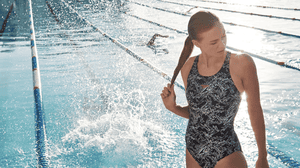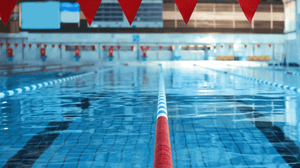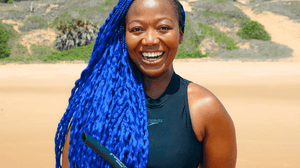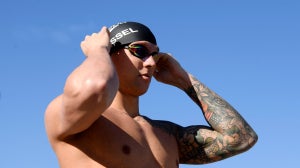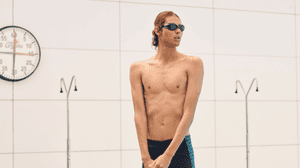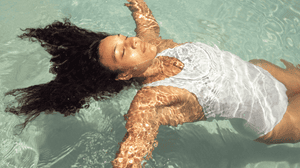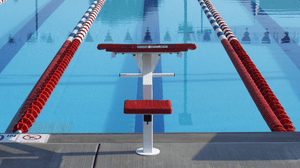
Drills are crucial to a swimmer’s performance. Not only do they help isolate and correct bad habits and problems, they also ensure they stay corrected too – meaning inefficiencies are reduced, technique is improved, and your pace is quickened.
“Unlike running or cycling – where you can check your position in shop windows or by taking a quick glance down – in swimming, most of our positioning happens behind us,” explains Dan Bullock, Head Coach for Speedo.
“That makes it hard to see what our arms, or head is doing as we swim. Drills are essential because they help us break down our movements into smaller components – only very few elite swimmers can actually make modifications within the full stroke. If you practise enough, you’ll see improvements that flow into the full stroke.”How often should we be doing them?According to Dan, even Olympians have to schedule in regular drills. “Within any workout there should be a commitment to technique work – if you do it short-term and return to old habits, your stroke will deteriorate,” he says.
“Think of drills as repairing and restoring a tired stroke (like golfers repairing their swing) and get into the habit of doing them often.”Here, we’re sharing five drills designed to help you improve your pace in the pool. “These drills are highly technique-driven,” explains Dan. “They’re designed to make your technique more efficient and economical as well as improving your body position in the water, which in turn will make you faster.”

Related Articles
